Here’s why you’re receiving authentication codes from 732-873:
This is a common number used to send official authentication codes from major tech companies like Microsoft.
It is a safe phone number, and if you requested an authentication code before the text, everything is working as planned.
If you didn’t request the code, then there is a problem that needs to be addressed.
So if you want to learn all about why you’re getting 732-873 authentication codes, then this article is for you.
Let’s jump right into it!

What Are Authentication Codes?
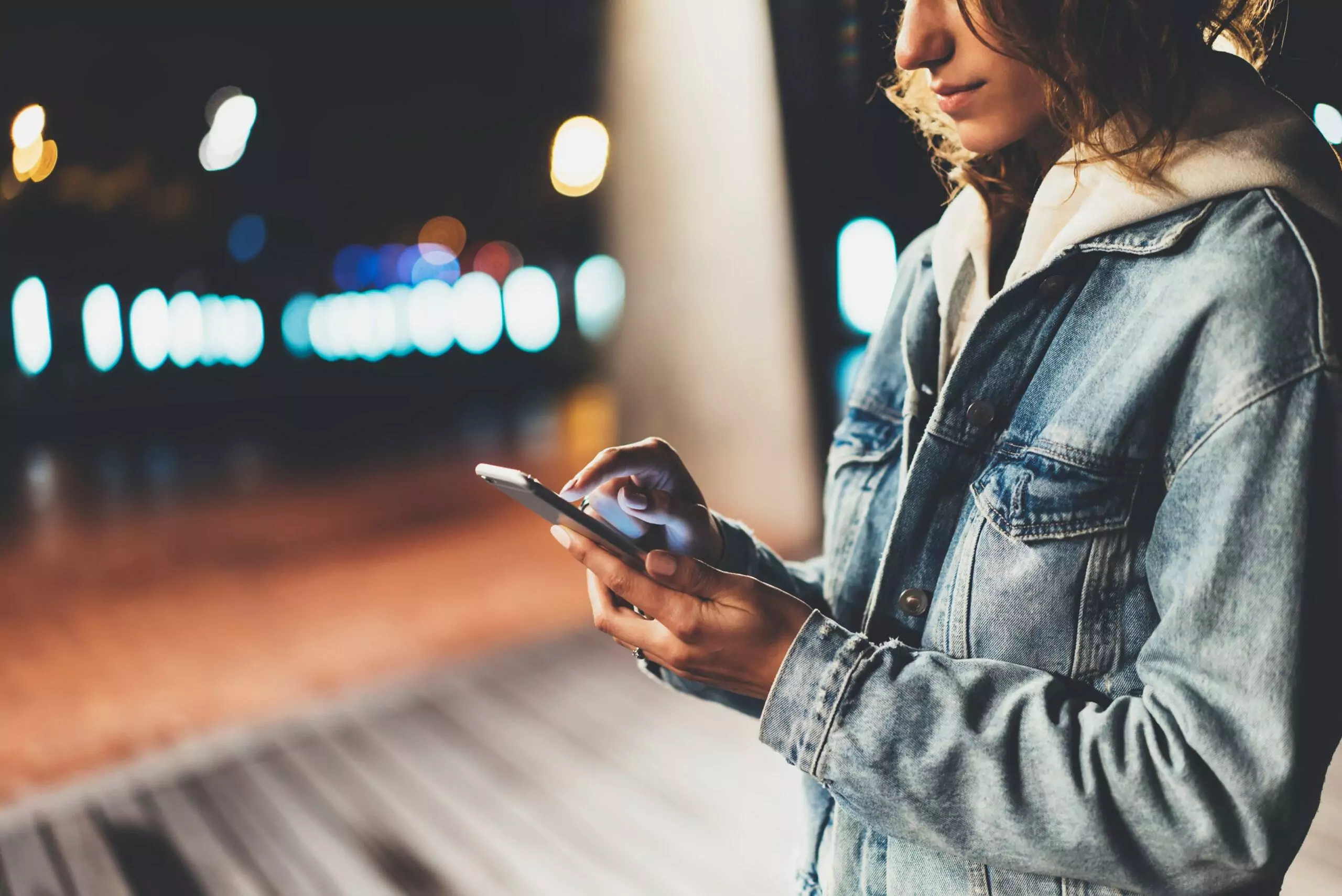
As per usual, we’re going to start at the beginning.
What even is an authentication code?
These are security measures used by tech companies to help protect accounts.
Odds are that at some point you have signed into an account, and when you did, it had to send you a text or an email with a temporary code.
Once you entered that code, the sign-in process finished.
That’s what this is all about.
The authentication code is something that can work in conjunction with your password to verify who you are before giving you access to an online account.
I’ll get into how this works in the next section, but this is the simple answer.
It’s another way to protect your accounts—especially against password breaches.
What Is Two-Factor Authentication?

The easiest way to understand this concept is to get acquainted with two-factor authentication.
If you’re already familiar with the concept, feel free to skip ahead.
For everyone else, let’s get into it.
Two-factor authentication is a way to add an extra security step to any sign-in process.
Traditionally, you sign into an account by putting in your username and your password.
You submit that information, the site (or app) checks your submission against their records, and if everything works, you get access to the account.
The problem with this is that passwords can be stolen or cracked.
So, tech companies came up with the idea of adding an extra step.
You still sign in with your username and password.
If those credentials check out, then the company sends you an additional authentication code.
This usually comes via text message or email.
The code is temporary, and in most cases, it’s a six-digit number.
You then enter that six-digit number as prompted, and when it checks out, you are successfully logged in.
The point of all of this is that if someone steals your password and knows your username, they still can’t access your account unless they can intercept your emails and/or text messages.
In most cases, you can choose whether you get your authentication codes via text or email when you set up two-factor authentication.
And in case it isn’t clear, the extra step with the temporary code is the second “factor” in the authentication method.
Supplying the password is the first authentication.
What Is Multi-Factor Authentication?
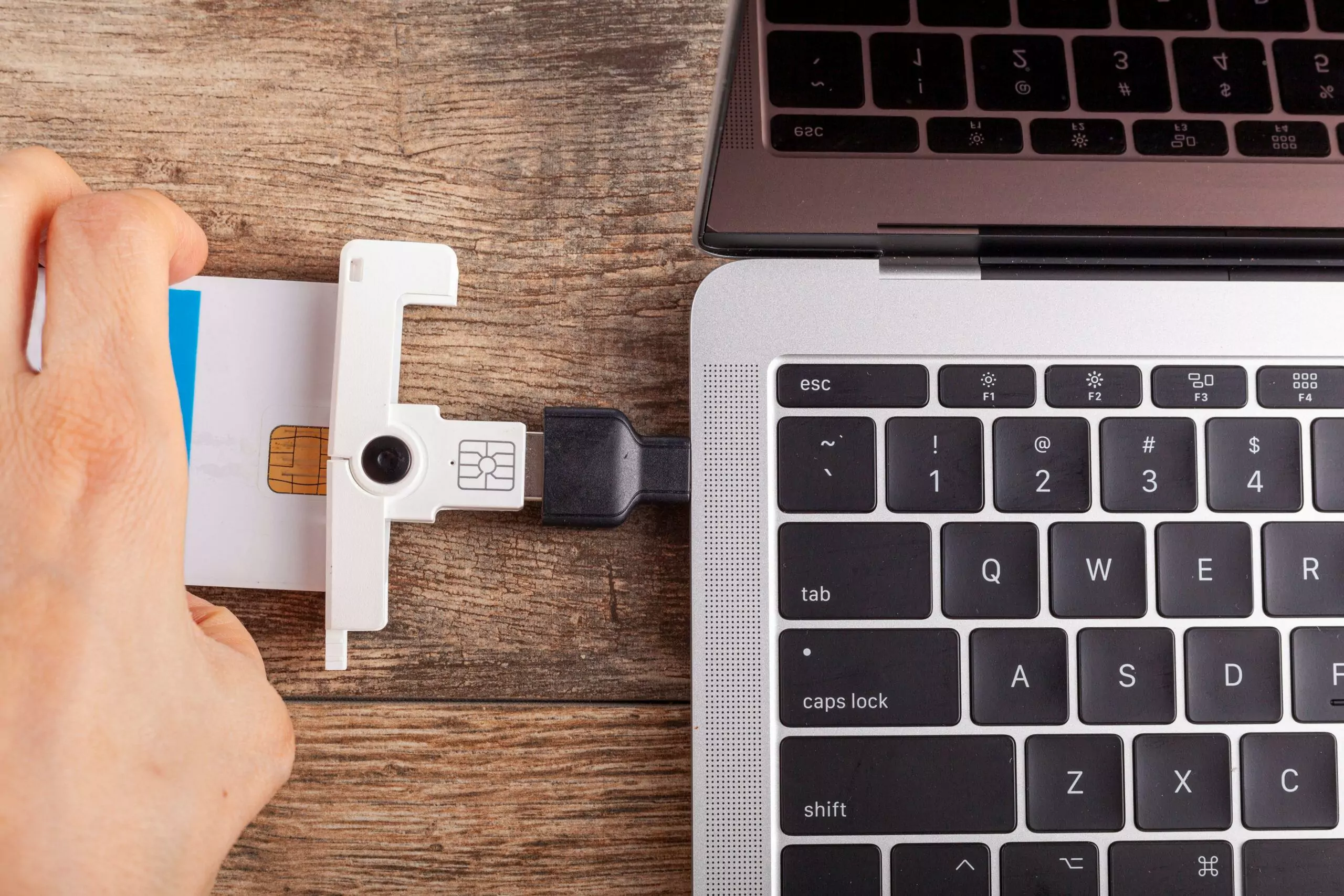
It turns out that you can go even further beyond two-factor authentication.
You can have additional steps, and that brings us to the idea of multi-factor authentication.
Technically, two-factor authentication falls under the umbrella of multi-factor authentication, but it’s more common to use this term when a sign-in process has more than two authentication methods.
The idea here is that adding more factors makes it even harder for a malicious person to steal an account.
The easiest way to set up multi-factor authentication is to require an email and a text message.
Each would get a different temporary password.
Beyond that, there are special flash drives that authenticate accounts.
You can also use security questions, apps, and just about anything that can connect to the internet.
When security matters a lot, a little extra protection can go a long way.
Why Are You Getting the Authentication Codes From 732-873? (3 Reasons)

That really covers the mechanisms behind the text that you are seeing, but it still leaves some important questions unanswered.
Most notably, why did you receive the text?
For the most part, there are three possible answers: you requested the code, it was sent to you by accident, or someone is trying to scam you.
Let’s go through each possibility.
#1 You Requested Them

This is the obvious case.
If you have an account with two-factor authentication, and you try to sign in, you’ll get a text (assuming you set it up that way).
You need the code in that text to finish the sign-in process, so go ahead and use it.
There’s really not a lot to talk about in this case.
If you requested the code, you can use it, and there’s nothing to worry about.
#2 It’s an Accident
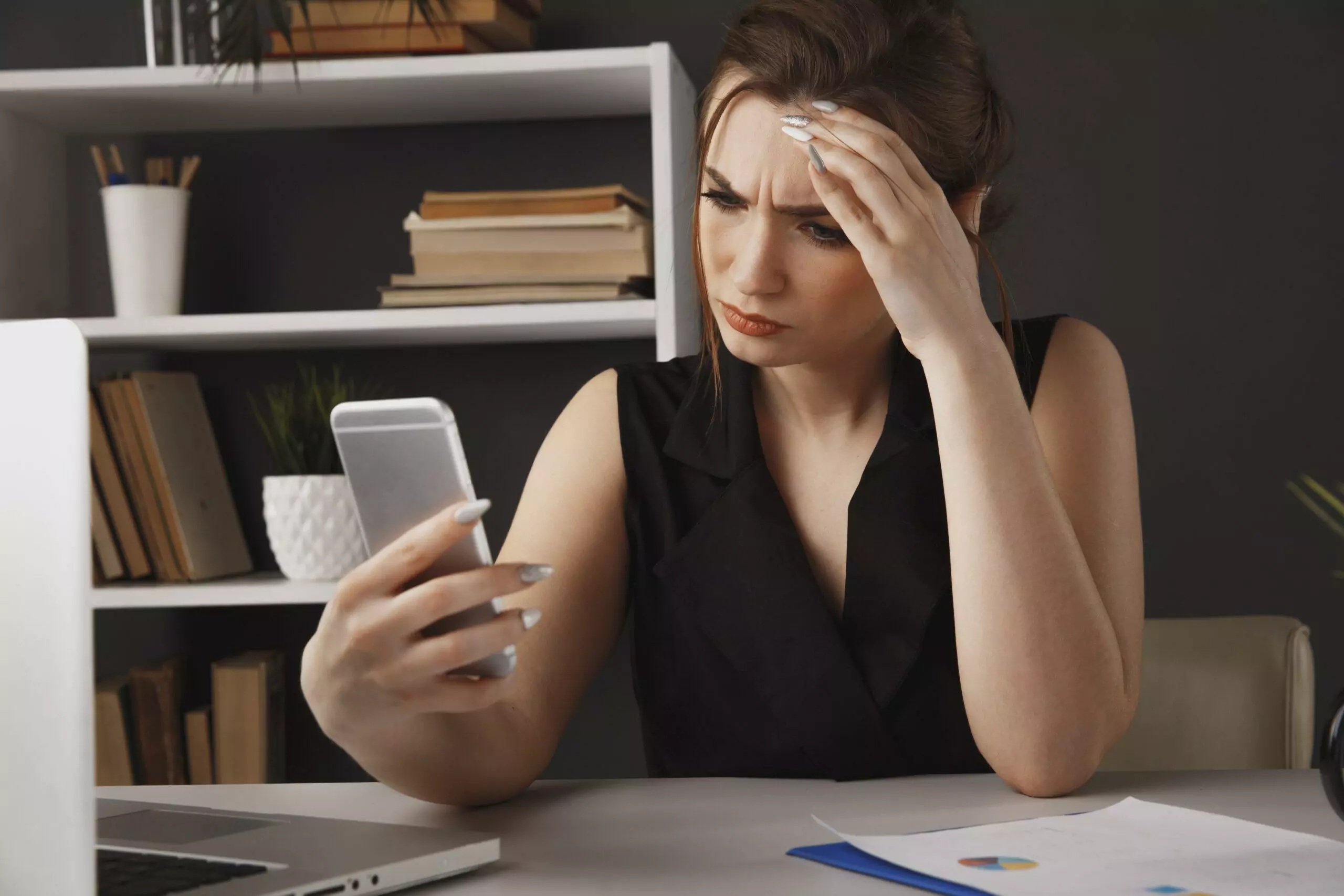
It’s possible that you can receive a text with a code that you didn’t request.
In fact, you might not even have an account with the company sending you the code.
Before you jump right into assumptions of malicious activity, this can happen as a simple mistake.
It’s possible that someone mistyped their own phone number when they set up the security measures, and now the codes are going to the wrong phone number.
That’s rough for them, and it might prove annoying for you.
The telltale sign that this is the case is that you will receive a slew of authentication texts in a row, and then they will stop.
You can imagine being in that scenario.
You try to log in, request the code, and nothing happens.
So, you request the code again, and still nothing.
You might get frustrated and request the code multiple times.
When that still doesn’t work, you’ll probably either give up or contact tech support.
If you’re on the receiving end of those texts, you’re going to get a message every time the other person hits the button.
#3 It’s Malicious
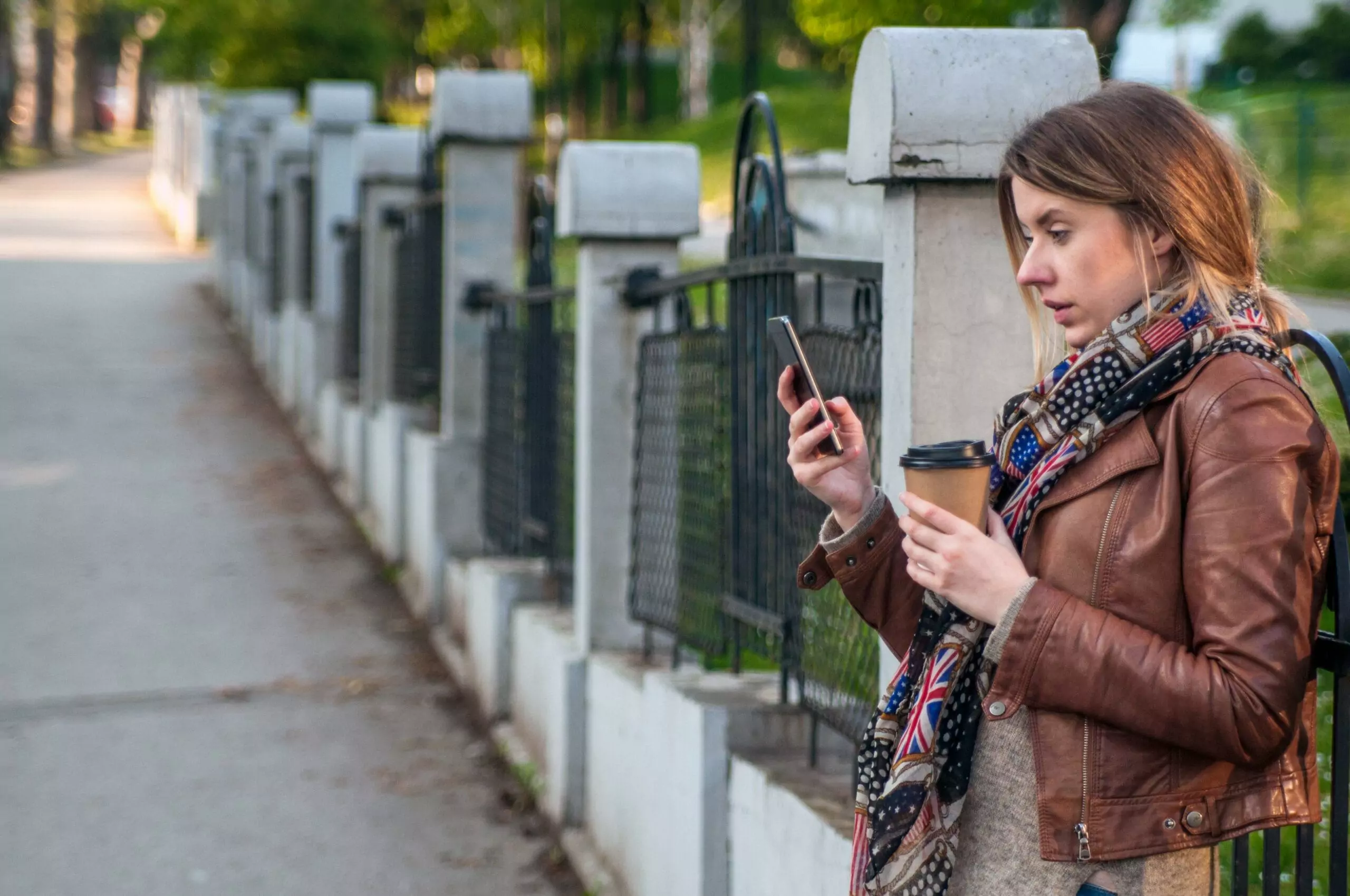
There are two ways that these messages could tie into malicious activity.
First, someone might be trying to break into your account.
If you get a message for your account that you didn’t request, it usually means that someone else just tried to sign in with your correct password.
It’s a good thing that you have two-factor authentication or else they would already be in control of your account.
I’ll talk about what you can do to remedy this situation in a later section, but that’s the most common scenario.
The other possibility is that someone is trying to scam you.
They’re sending you the code and a link.
When you take the link, it actually pulls up a malicious website or download, and they use that to steal information or otherwise make your life more difficult.
Such scams aren’t super common, but if you get a message that you aren’t expecting from someone you don’t know, don’t take any links or download anything.
That’s computer safety 101.
Is 732-873 Safe?

Before I get into the safety of this number, it’s important to emphasize something.
Phone numbers change hands.
The owner of the number when I did my research might not be the same owner as you are reading this.
The best I can do for you is give what information is currently available, but these things can change, and it’s important to keep that in mind.
At the time of this writing, 732-873 is a number associated with VerifyPhoneSMS.
This company specializes in SMS authentication codes, and other companies use VerifyPhoneSMS to distribute verification codes for multi-factor authentication.
As an example, if you are trying to sign into a Microsoft account and need an SMS code, there is a good chance that it will come from this number.
As a matter of fact, Microsoft has contracted VerifyPhoneSMS for this purpose.
It’s not clear if Microsoft has only contracted the one number.
It’s likely that there are a few different viable verification numbers you might see when signing in to a Microsoft account, and that goes for any major tech company.
The challenge is that tech companies don’t disclose this particular bit of information as an extra layer of security.
If it’s hard to find out who sends the SMS codes, it’s hard for malicious parties to find ways to mess with the system.
All of that said, the number is currently owned by a legitimate business, and texts from this number won’t hurt your phone.
But, if you’re concerned that the number may have changed hands, you can always look it up.
What Should You Do If You Get an Authentication Code from 732-873? (2 Scenarios)
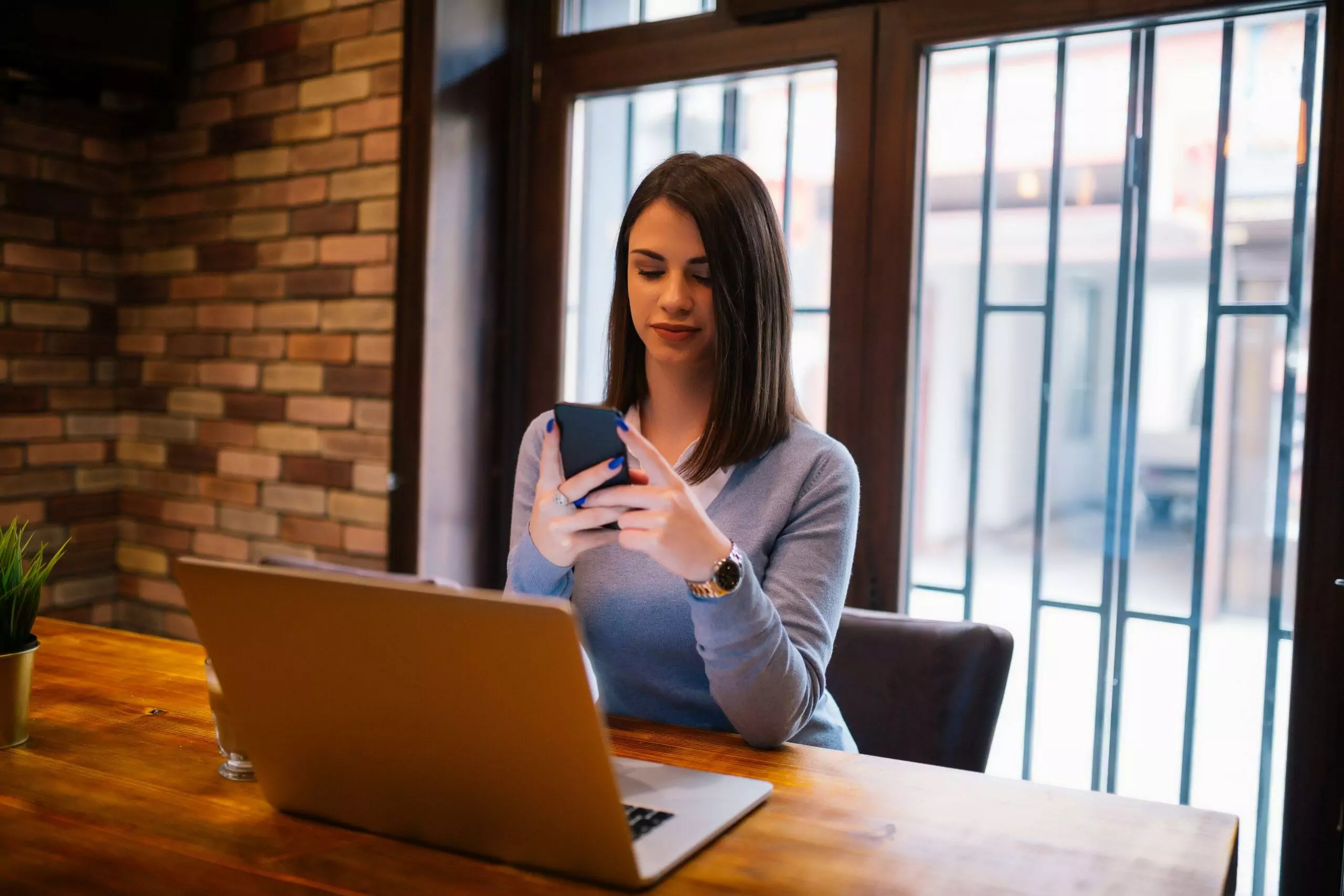
That covers the number itself, and we previously discussed why you might be getting the text.
Now, we can talk about solutions.
What steps should you take when you get this text message?
#1 If You Requested It

In this case, there is no cause for concern.
You requested an authentication code and received one as expected.
You’ve already checked that the number (732-873) is safe, and it is.
You’re good to go.
You can enter that code into whatever browser or app you have open, and you can move forward with your authentication.
I have to be a little generic here because two-factor authentication can be used for so many different things.
The point is that you requested this code and then received it.
Carry on with what you’re doing.
Everything is fine.
#2 If You Did Not Request It
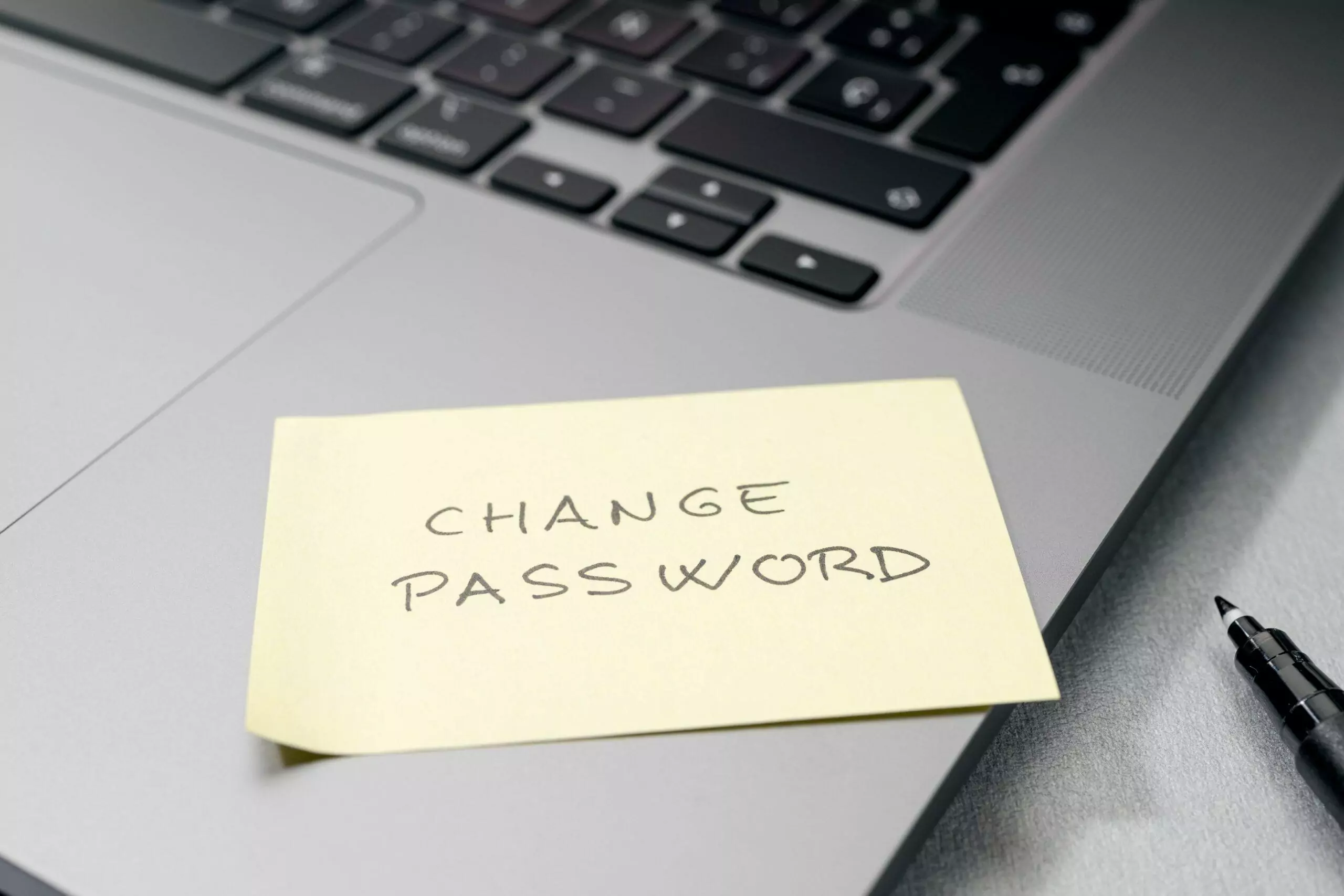
If you receive an authentication code that you did not request, then there is a problem.
Unfortunately, there are a couple of possibilities, and at this point, there is no way to tell which is the case.
Basically, the possibilities are that someone is trying to log into your account, or someone is trying to scam you.
Considering the number that sent the authentication code, the former is more likely, but scams aren’t impossible.
The good news is that you can take a couple of steps to remedy both situations.
First, change your password for the account in question.
That might be annoying, but if someone was able to request an authentication code, it means that they know your account name and password.
That’s not good.
When you change your password, check with your security options and see if there is anything else you can do to keep things nice and secure.
Feel free to contact tech support with whoever runs the account in question.
As for dealing with scams, there’s really only one thing to do.
Don’t reply to the text.
Even if you got a code for an account that definitely isn’t yours, don’t text “STOP” or anything else to that number.
If it is a scammer, then texting a reply will only let them know that they have a legitimate phone number, and they will probably spam you forever.
There’s another thing to consider.
If you got a code for an account that definitely isn’t yours, contact the company that runs the account to let them know (but only if it’s a company you recognize, and you’re sure it’s not some scam company).
You can report the problem, and they can take action.
Technically, you can report the scam to the authorities, but that won’t really do much.
If you’re getting scam texts from this number, then the scammer has tricked your caller ID.
Reporting the number won’t do anything because that’s not the real number being used by the scammers.
Lastly, if you’re getting a bunch of these texts, and this isn’t for an account that is actually yours, you can always block the number.

